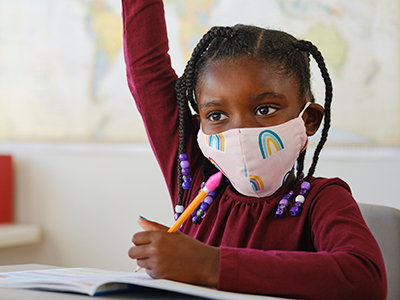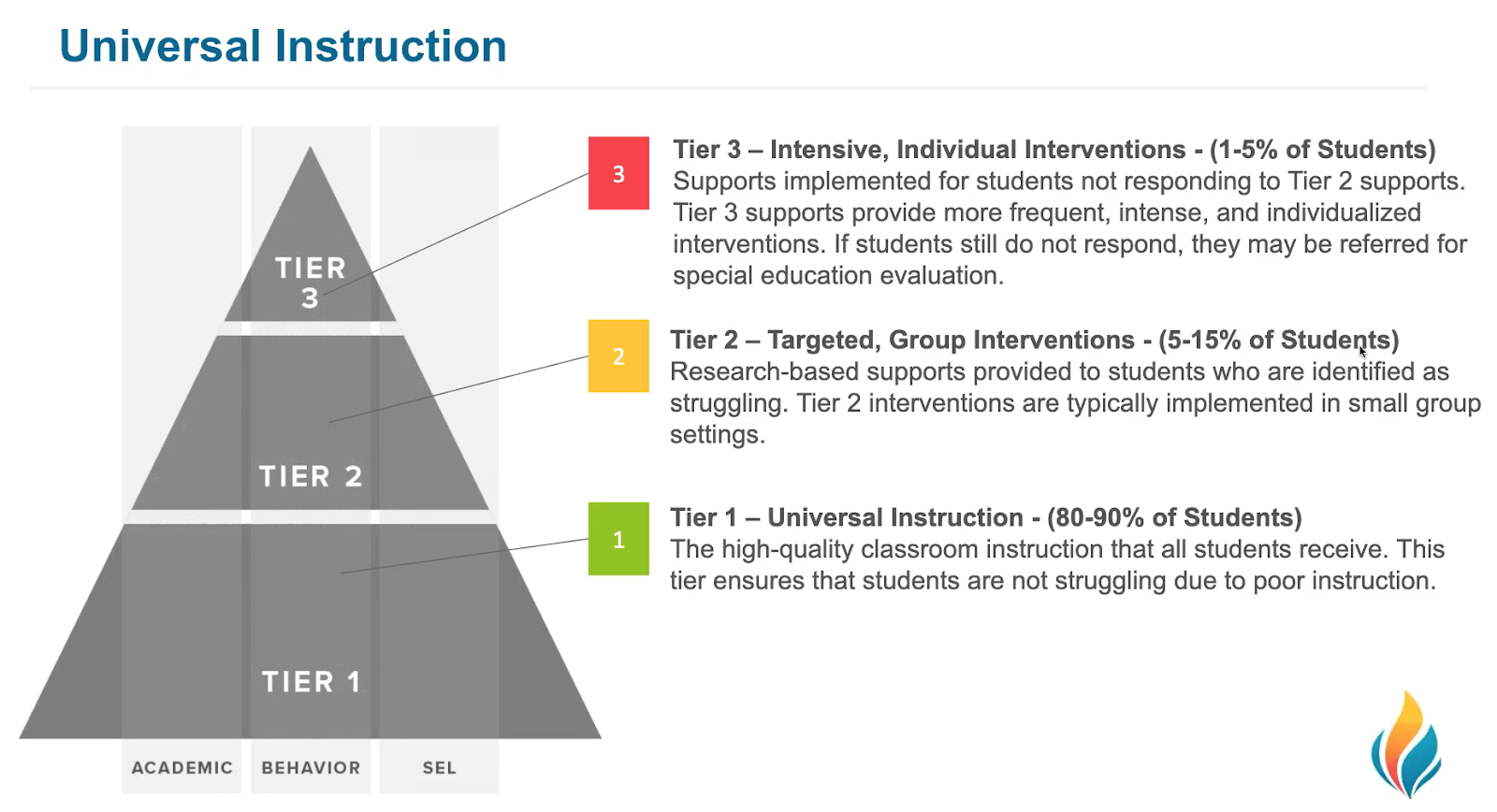This article was originally posted on the Illuminate Education blog on April 16th, 2020.
Best practices are constantly evolving for special education teachers. However in December 2019, nobody could have predicted what April 2020 would look like. Districts and educators had to flip their standard practices overnight to accommodate the current state of the nation due to the COVID-19 pandemic. Not only did it bring significant challenges to students in general education, but it also brought many questions around how to ensure students with IEPs have equal access to education—not to mention the additional services these students receive.
While some districts have plans in place, others are continuing to develop methods for ensuring a free and appropriate remote learning education for the students they serve. In the midst of the current services in each district, many educators also have their eye on the future and how to take action now in order to optimize students’ learning outcomes in the fall of 2020. For most, the top priority is checking in with students to ensure they are healthy and safe.
Although indeed secondary to food and safety, it’s important to document all agreements and communication with staff members and families throughout this time. Having that information for next year’s teachers, especially if a student will be changing schools in the fall, impacts students’ long-term success. With a focus on documentation, anecdotal data can be referenced and utilized in future student plans. The following practices can be helpful to drive communication plans with families, document agreements, and prepare for future data-driven decisions throughout the COVID-19 school closures.
Provide Clarity Around What Can and Cannot Be Done
It’s important for special and general education teachers to collaborate and ensure all students have access to instruction. Not only should collaboration between district staff members occur, but families should also be informed of what instruction looks like for all students and how instruction may differ for their student with an IEP. This is a confusing time for everyone, but it can be especially confusing to families who are not aware of what can and cannot be done to support their student with an IEP in terms of district-provided educational services. Remain factual with families regarding their rights as well as trends taking place nationally and locally. Inform them of expected next steps in the district and what can and cannot be done in relation to the current IEP. IEPs can be amended via virtual meetings; however, not all IEPs will need to be changed. Amendments should be done on a case-by-case basis with the full participation of family members.
Tips
- Stay up-to-date on recent news as it relates to education by participating in state and national webinars as well as by reading publications. The U.S. Department of Education and the Office of Special Education Programs (OSEP) frequently updates guidance on its website.
- Stay in constant communication with the special education department within your district so you are aware of district plans as they relate to students with IEPs.
Want more tips? Click here to read the full article.








